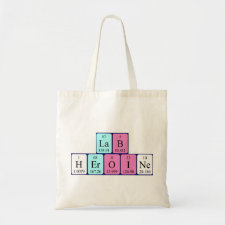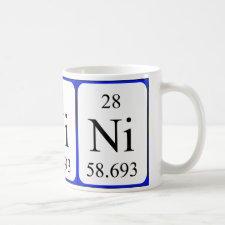
Authors: Laatikainen M, Laatikainen K, Reinikainen SP, Hyvönen H, Branger C, Siren H, Sainio T
Article Title: Complexation of Nickel with 2-(Aminomethyl)pyridine at High Zinc Concentrations or in a Nonaqueous Solvent Mixture.
Publication date: 2014
Journal: Journal of Chemical & Engineering Data
Volume: 59
Issue: (7)
Page numbers: 2207-2214.
DOI: 10.1021/je500164h
Abstract: Complexation of Ni2+ with 2-(aminomethyl)pyridine (amp) has been studied at 22 -¦C using absorption spectroscopy. Effect of high Zn2+ concentration on complex formation in aqueous sulfate solutions and complexation of Ni(ClO4)2 with amp in a nonaqueous methanol/2-methoxyethanol mixture were investigated. The spectra were analyzed using least-squares minimization technique (LS) and partial least-squares method (PLS) to obtain the stability constants and distribution of the complex species. Moreover, complex formation was studied qualitatively by means of continuous variation analysis. The data measured at zinc concentrations of 0.100 - 1.84 mol kg-1 indicate only minor deviations from the equilibria calculated using literature stability constants. At the highest zinc concentration, the equilibrium is slightly shifted to higher complexes but no evidence was found of changes in the octahedral complex geometry. Octahedral 1:1, 1:2, and 1:3 complexes were observed also in the nonaqueous solvent mixture but the stability constants were smaller than in aqueous solutions. Moreover, the equilibrium was shifted toward higher complexes, and a higher concentration of the 1:3 complex was obtained in nonaqueous than in aqueous solution. The results are discussed in view of the separation of nickel from concentrated ZnSO4 solutions and of the design of ion-imprinted materials
Template and target information: Nickel ion, Ni(II)



Join the Society for Molecular Imprinting

New items RSS feed
Sign-up for e-mail updates:
Choose between receiving an occasional newsletter or more frequent e-mail alerts.
Click here to go to the sign-up page.
Is your name elemental or peptidic? Enter your name and find out by clicking either of the buttons below!
Other products you may like:
 MIPdatabase
MIPdatabase









